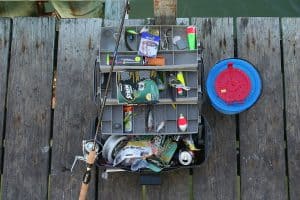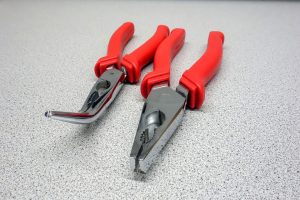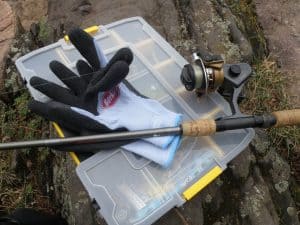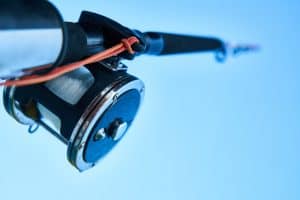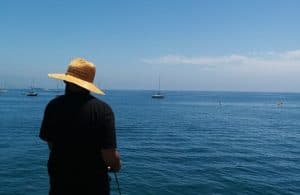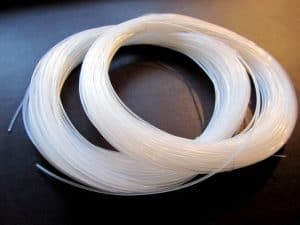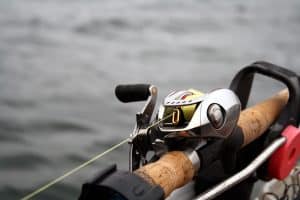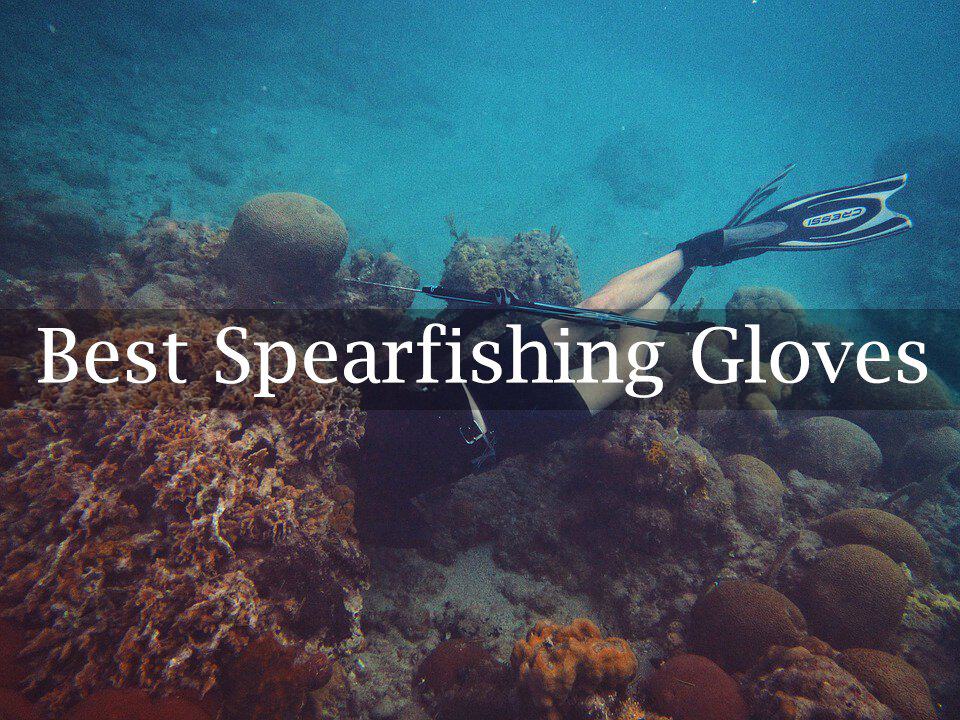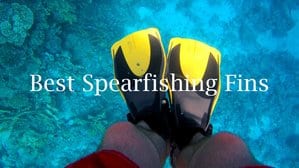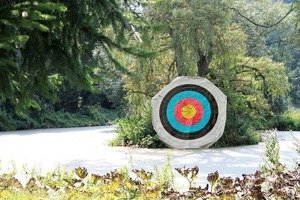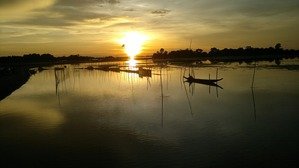Fishing 101: Ultimate 2021 Beginner’s Guide
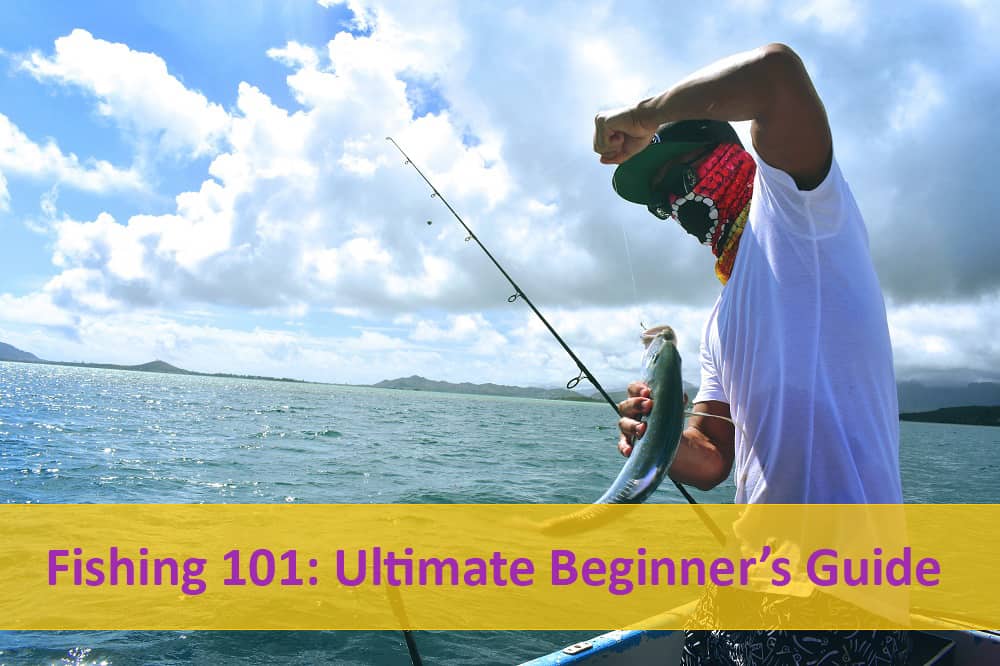
Looking for a new adventure? Then it is the right time to explore the world of fishing.
It is such a great hobby for anyone. People find this sport relaxing because they get to enjoy some fresh air and peace and quiet in the great outdoors.
Notably, it disconnects them from the hustle and bustle of the city and provides people with some relaxing to do. This article gives comprehensive details to encourage first-time fisherman and some information about the basics.
Fishing Guide: The Basics
License
Before heading out, you need a valid fishing license in the state where you’re fishing. Licenses can be purchased online or at bait and tackle shops. The exact price of the license varies state to state, but they’re relatively inexpensive.
Location for Fishing
It can be broadly categorized as freshwater or saltwater. In general, lakes which are sweetwater offer a larger volume of hungry fish than rivers and streams.
Rules and Etiquette
It's essential to learn good fishing manners when you set out. Be respectful of other anglers and take care of the fish you catch. Regardless of prescribed limit, take only what can be eaten. Adhere to leave-no-trace ethics by picking up used plastics and avoid littering.
Types of Fishing
Freshwater

Perfect for beginners, freshwater fishing demands the simplest of equipment. It is carried out in water bodies which has less than a 0.05% salinity. A boat can help us to reach depths and areas while looking for bigger fish.
Freshwater fishes variety includes crappie, salmon, lamprey, walleye, catfish, bass, and trout. The optimal time for fishing is in between the new moon and full moon times, and you can fish at any time of the day.
Saltwater
From shore or a boat, saltwater fishing can be an excellent option for beginners. Seasoned fishers find it adventurous. Unlike freshwater fishing, there is a need for special equipment to help prevent corrosion, so buying the right equipment before hitting the water.
Fishing from the beach is an excellent option for first-timers. The species of fish available to anglers are virtually endless.
Shore
If there is a freshwater or saltwater nearby, then shore fishing is most comfortable to start. A brief walk along the shoreline can help to notice places fish may be hiding around such as patches of vegetation or docks.
Check with a local fisher to find out what types of fish are biting in your area. It will help you decide what kind of bait to pick up.
Catch and Release
People who fish for enjoyment may opt for catch and release. This is great for when you want to see what’s biting in the area, or if you don’t have a cooler on hand to keep your fish, but you want to spend some time on the water.
Fly Fishing

This type of fishing is practiced in both freshwater and saltwater places. It's a simple method of using a heavy line to cast an artificial light fly. Fly fishing is the best method for catching trout, salmon, and grayling.
Ice Fishing
If you like the cold, then you may be keen on ice fishing. The ice must be thick enough to walk on, and you'll need to drill a hole or two either powered by hand or motor. Many ice anglers bring along portable shelters, to help protect themselves from the elements.
Canoe Fishing
Fishing by canoe is an exploration as the canoe is maneuvered to take to remote waters and ponds. Canoes are relatively simple for beginners to use, which offers silent and stealthy traveling on the water, to help prevent scaring the fish away.
Stand Up Paddle Board Fishing
If you're looking for a challenge, stand up paddleboard fishing is a must. Boards used for yoga and surfing can also be used here. Stand -up paddle promises not just fish but also full-body workout.
Need to Know About Fishing
Research and Get a Better Understanding of this Activity
Acquire a general idea about what you are getting yourself into. There are fascinating fishing books and apps to kickstart your interest. Get accustomed with tasks such as casting your line, adding bait to hooks, and tying knots. Also, you’ll need to familiarize yourself with terms like angling, tagging, etc
Right Equipment and Bait
Wisely choose rod and reels to start with, simpler is better. Be aware of what type of fish you are trying to catch and what kind of bait attracts them. The wrong bait could mean a long fishing trip, with very little to show for it.
Weather
Suitable weather conditions can maximize your fun in catching as well as the amount of catch. An overcast sky has proven to be the best. You should fish in a position where your bait moves with the wind. Early morning and late afternoon are favorable periods for a great deal of fish.
Legalities of Fishing in the US
Fishing in all national parks is managed and regulated. Check regularly local regulation book or state's forest department website to know what restrictions apply on the section of the water. Sometimes you may be restricted to catch and release, or limited to artificial lures, i.e., no live bait.
Regulations within each state are put in place to allow people to fish without affecting the health of fish populations. It is important to note that there are limits as to the amount of fish and size of fish that can be taken out per day. There is also a size limit which is measured from the front of the mouth to the tip of the tail with mouth and tail being closed.
Best Locations for Fishing
Glenwood Springs, Colorado
This epic fly-fishing riverscape in the United States is also known as "The Hub of Colorado Fishing." At the meeting point of Colorado and Roaring Fork rivers, one can enjoy fly-fishing round the year, even during the winter's coldest months. Rainbow, Brown and Cutthroat trout are found in Rifle State Park, Colorado, the park located at the confluence of the two rivers.
Traverse City, Michigan
Traverse City in Michigan is well-known for diverse fish populations such as panfish and salmon as it is located near different areas to fish in. Lake Michigan serves as a source for steelhead and salmon.
Large populations of carp and smallmouth bass are found in Grand Traverse Bay from May till October marks the best time of year to catch these fish. In Michigan State Park, anglers can expect a fair share of salmon, trout, and panfish.
Nantucket, Massachusetts
A long history of fishing is associated with Nantucket. It is a hot spot for bluefish and albacore between April and November. Striped Bass, Bluefish, Bonito, False Albacore, and Bluefin Tuna are also found in abundance here.
This beautiful island can be enjoyed with extended offshore fishing charters. Try fly fishing in the flats around Tuckernuck and Muskeget and hook a bonefish.
Montauk, New York
Another unique fishing town in the US is Montauk known for densely populated migration locations for tuna, bluefish, and striped bass. Migration season spans from June till October. County parks present fresh and saltwater fishing opportunities on Long Island. Fish diversity ranges from the fighting bluefish to the delicate rainbow trout.
Places like Lake Ronkonkoma, Blydenburgh, Millers Pond, and at Big Reed Pond at Montauk County Park offers Freshwater fishing. Saltwater fishermen try their luck at Cedar Point, Montauk and Orient Point County Park, Northwest Harbor County Park, and Shinnecock East County Park.
Special Night Fishing Permit can also be acquired to allow people to try to catch some fish that are more active at night.
Green River, Utah
The Green River streams in this town is known for its abundance of rainbow trout. Fishing lodges have come up with the idea of providing guides so that people can spend some time on the water and better their chances of catching something.
World-record redfish were caught in Moreland fishing town. Fishermen can try their luck with trout and red salmon onshore, and marlin offshore. Fishing is excellent all year long here. Largemouth Bass, Rainbow Trout, Channel Catfish, and Blue Gill can all be found at Green River State Park.
Must Have Fishing Pack List
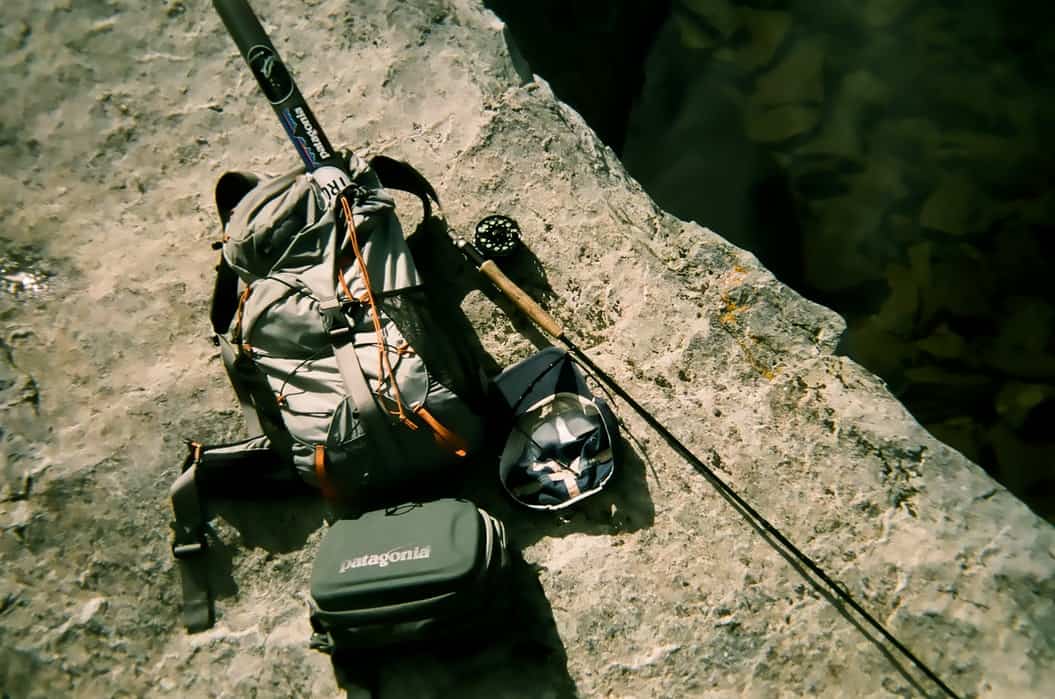
If you're fishing from land or shore, you don't need to spend a fortune on your first attempt. However, there are a few items you'll need to buy.
A rod and reel: The kind of fishing you're going to do determines what kind of rod you’ll need. Always start with a medium strength rod so that you can angle most kinds of fish. It can render quick responsiveness when the fish bite. For adults, spinning rod and reel is preferred.
Fishing line: Monofilament fishing line is the most recommended. When catching small fish, look for a line with an 8-pound test on the label which is the minimum. New reel usually contains a roll or two. Better to keep few as extras because the line does get tangled. Strings are classified based on their elasticity, castability, and visibility.
Scissors: Lines are designed to be tough, so you'll need something set up a new line or to get out of a snag. Fishing pliers would work as well.
Hooks and weights: An assortment of fish hooks is needed to catch fish of different sizes. You’ll also need a variety of weights to so you can fish at different depths.
Combo kits are an excellent option for beginners, as they include several different types of hooks and weights. There are also various types of hooks, such as single, which are perfect for beginners, double circle, which is fish-friendly, and treble.
Split shots: Small metal weights which are round ones that you can easily clip on and off your line. It helps in holding the bait close to the desired depth.
Plastic bobbers: Better known as floaters, bobbers allow anglers to throw a bait away from boat or shore. It entices fish to take an interest in your bait. A sinking bobber signals that a fish has bitten the bait.
Traditional ones can be made of cork, but the most popular are the round red and white plastic. Beginners are suggested to buy smaller ones.
Bait and Lures: Bait and tackle shops offer live bait, and besides the stock, the clerks are knowledgeable about the area. Minnows, nightcrawlers, and crickets are common live baits. On the other hand, if live bait isn't an option, go for soft, plastic artificial baits. Lures simulate real fish to get the attention of a predator.
A tackle box, optional: Consider choosing a low-cost tackle box to organize your gear set. Ice chest can be used to preserve the catch for a long time. A ruler to measure fish and bug repellant can fit into tackle box as well. Sun protective clothing and sunglasses complete add-ons to carry.
Start Fishing!
Beginners starting to fish can be hard, but with time, it's rewarding and fun! While it can be boring at first, fishing can be one of the coolest outdoor hobbies to pick up. Don't get disheartened for not catching even a single fish in the first outing.
There is always a lot to improve on regarding your proficiency level. Work on some specialized casts and play around with lure types and retrieval speeds. Each trip on the water can teach us something new.
Possess a valid license before heading out and get familiar with the vocabulary will help a lot when it comes to self-learning and understanding. Anglers are constantly trying to master all known techniques and find the best fishing holes. What does it take to dive into the world of fishing?. Simple; Patience, and Persistence.

